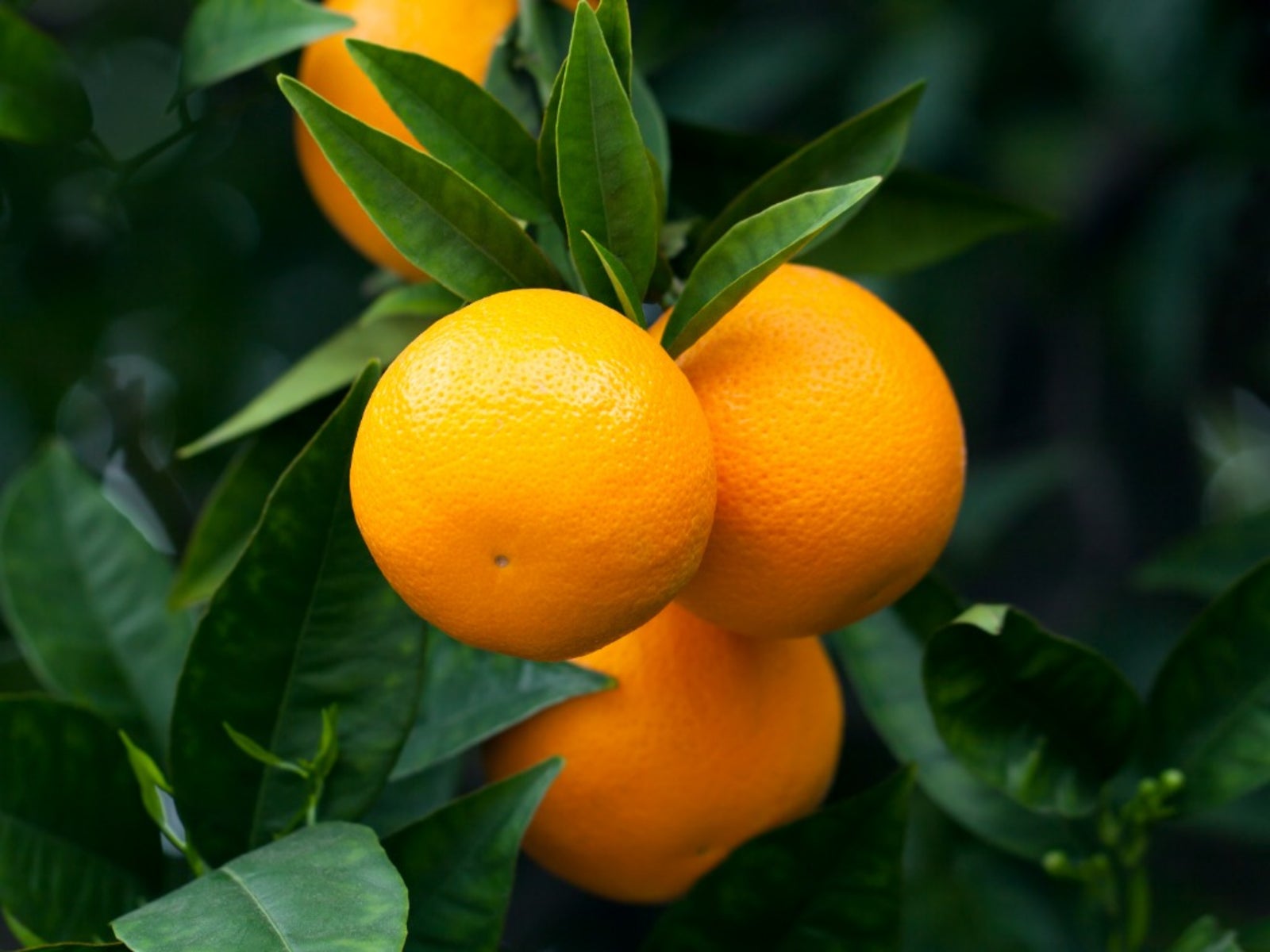Western Fruit Trees - Fruit Trees For West And Northwest Gardens

The West Coast is a vast region spanning many different climates. If you want to grow fruit trees, it may be hard to know where to start. Apples are a big export and likely the most common fruit trees grown in Washington State, but fruit trees for the Pacific Northwest range from apples to kiwis to figs in some areas. Farther south in California, citrus reigns supreme, though figs, dates, and stone fruits like peaches and plums also thrive.
Growing Fruit Trees in Oregon and Washington State
USDA zones 6-7a are the coldest areas of the West coast. This means that tender fruits, such as kiwis and figs, shouldn’t be attempted unless you have a greenhouse. Avoid late ripening and early blooming varieties of fruit trees for this region.
Zones 7-8 through the Oregon Coast Range are milder than those in zone above. This means that options for fruit trees in this area are broader. That said, some areas of zones 7-8 have harsher winters so tender fruit should be grown in a greenhouse or heavily protected.
Other areas of zone 7-8 have warmer summers, lower rainfall, and mild winters, which means that fruit that takes longer to ripen can be grown here. Kiwi, figs, persimmons and long season peaches, apricots, and plums will thrive.
USDA zones 8-9 are near the coast which, although spared from the cold weather and extreme frost, has its own challenges. The heavy rain, fog, and wind can create fungal issues. The Puget Sound region, however, is inland farther and is an excellent area for fruit trees. Apricots, Asian pears, plums, and other fruit are suited to this area as are late grapes, figs, and kiwis.
California Fruit Trees
Zones 8-9 along the coast of California down to San Francisco is quite mild. Most fruit will grow here including the tender subtropicals.
Traveling farther south, fruit tree requirements start to shift from cold hardiness to chill hours. Past zone 9, apples, pears, cherries, peaches, and plums should all be chosen carefully for cultivars with a low number of chill hours. "Honeycrisp" and "Cox Orange Pippin" apple varieties have been known to do well even into zone 10b.
Sign up for the Gardening Know How newsletter today and receive a free copy of our e-book "How to Grow Delicious Tomatoes".
Along the coast from Santa Barbara to San Diego, and east to the Arizona border, California dips into zone 10 and even 11a. Here, all citrus trees can be enjoyed, as well as bananas, dates, figs, and many lesser-known tropical fruits.